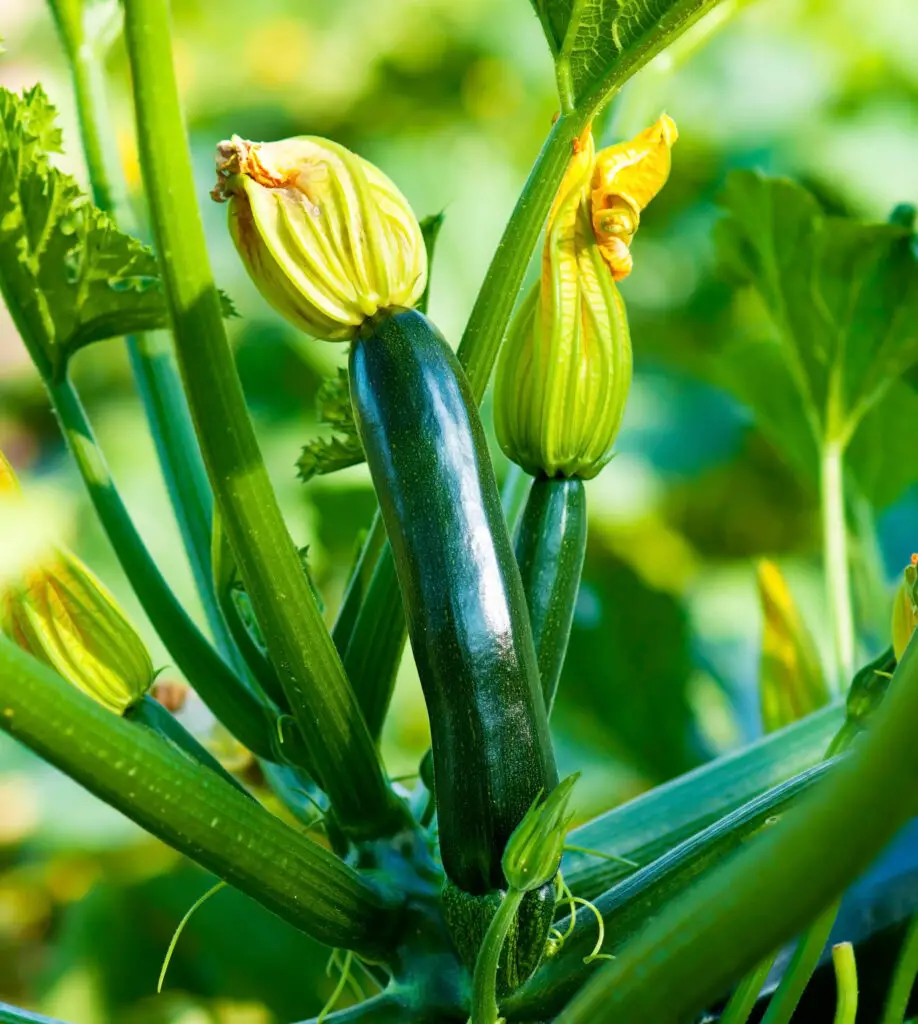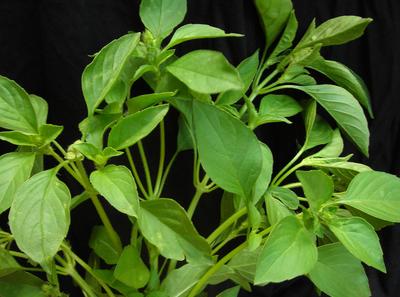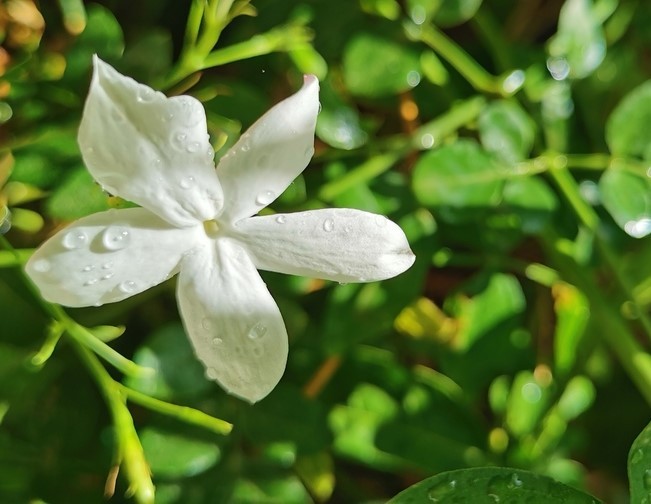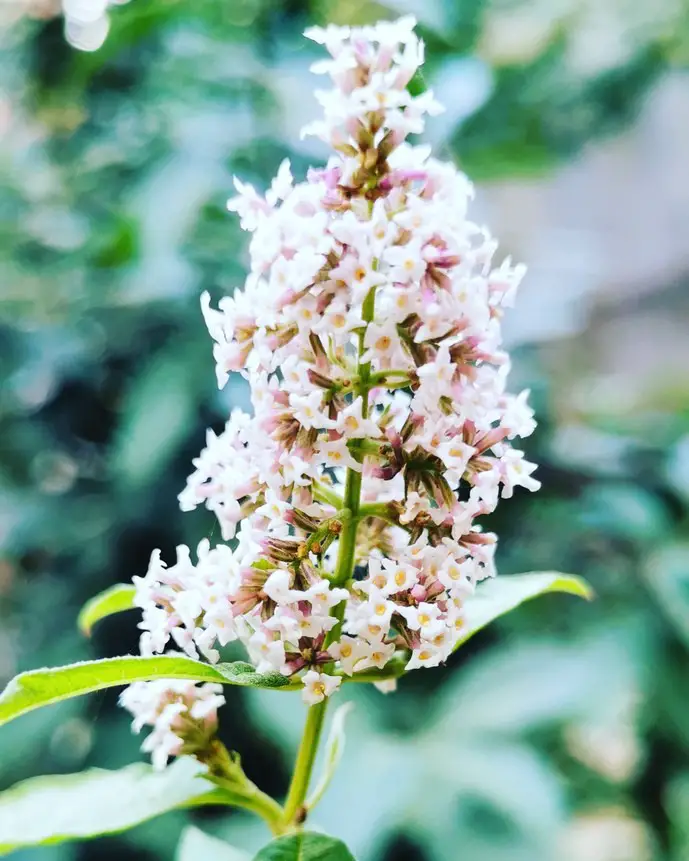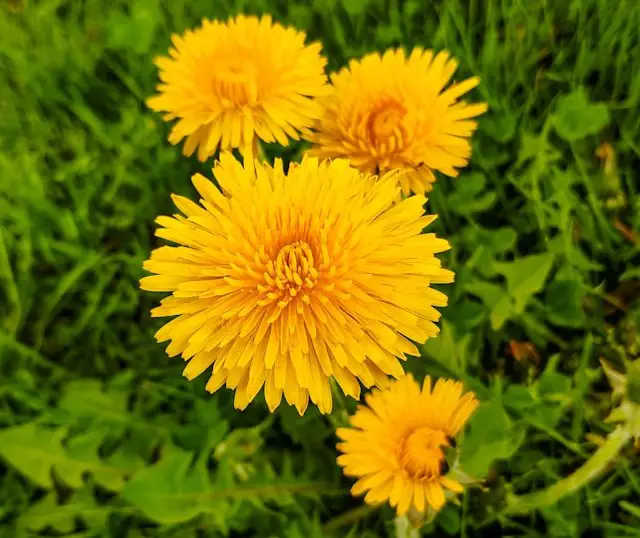
Did you know dandelions can thrive in humid weather with the right care? Dandelions are hardy plants that can adapt to various weather conditions, including humid weather.
However, excessive humidity can pose challenges to their growth and overall health. In this article, we will explore the best practices and tips for caring for dandelion plants in humid weather. Whether you’re a seasoned gardener or a beginner, these guidelines will help you ensure your dandelions thrive in a humid climate.
Understanding Dandelions
Before we dive into dandelion plant care in humid weather, let’s briefly understand these resilient plants. Dandelions (Taraxacum officinale) are perennial plants that belong to the Asteraceae family. They are known for their bright yellow flowers and fluffy seed heads. These beautiful flowers have a taproot system and can grow in various soil types, making them adaptable to different environments.
Dandelions Varieties
| Variety | Common Name | Humidity Tolerance | Notes |
|---|---|---|---|
| Taraxacum officinale | Common Dandelion | Moderate-High | Widely adaptable, common worldwide. |
| Taraxacum erythrospermum | Red-seeded Dandelion | Unknown | Similar to common dandelion, less widespread. |
| Taraxacum laevigatum | Rock Dandelion | Unknown | Prefers rocky areas, may not be as humidity tolerant. |
| Taraxacum japonicum | Japanese Dandelion | Unknown | Native to Japan, specific humidity tolerance not documented. |
| Taraxacum kok-saghyz | Russian Dandelion | Unknown | Used for rubber production, adaptability to humidity not well documented. |
Choosing the Right Location
When it comes to dandelion plant care in humid weather, selecting the right location is crucial. Here are some factors to consider:
| Factors | Considerations |
|---|---|
| Sunlight | Dandelions thrive in full sun but can tolerate partial shade. Ensure they receive at least 6 hours of direct sunlight daily. |
| Drainage | Choose a well-draining location to prevent waterlogged soil, which can lead to root rot. |
| Air Circulation | Good air circulation helps reduce humidity levels around the plants. Avoid planting dandelions in areas with poor airflow. |
It’s also important to consider the proximity to other plants. Dandelions can spread quickly and may compete with other plants for resources. Plant them in an area where they won’t overcrowd or overshadow other plants.
Related article: How and When to Fertilize Dandelion Plants
Dandelions Soil Preparation
Preparing the soil is essential for dandelion plant care in humid weather. Follow these steps:
- Loosen the soil: Use a garden fork or tiller to loosen the soil to a depth of 8-10 inches. This improves drainage and allows the roots to penetrate easily.
- Remove weeds: Clear the area of any weeds or grass that may compete with the dandelions for nutrients and water.
- Amend the soil: Add organic matter such as compost or well-rotted manure to improve soil fertility and moisture retention.
- Level the soil: Smooth out the soil surface to create an even planting bed.
Learn Why You Should Use Compost and Vermicomposting to Improve Soil Health
Testing the soil pH is also recommended. Dandelions prefer slightly acidic to neutral soil with a pH range of 6.0 to 7.5. If the soil pH is outside this range, you can adjust it by adding amendments like lime to raise the pH or sulfur to lower the pH.
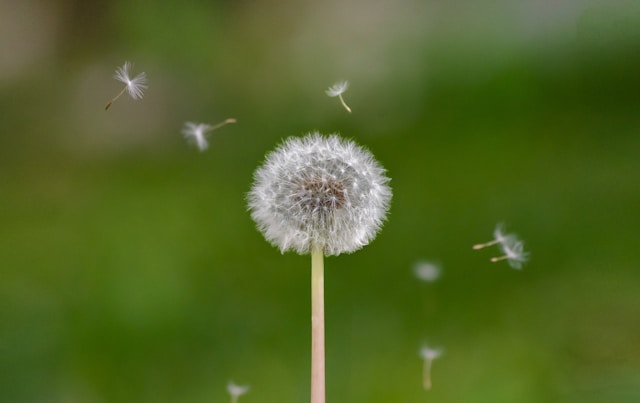
Dandelions Watering Tips in Humid Area
Proper watering is crucial for dandelion plant care in humid weather. Here are some watering tips:
- Water deeply: Give the dandelions a thorough watering, ensuring the water reaches the root zone. Shallow watering can lead to shallow root growth.
- Water when needed: Check the soil moisture regularly and water when the top inch of soil feels dry. Avoid overwatering, as it can lead to root rot.
- Mulch the soil: Apply a layer of organic mulch around the plants to help retain moisture and suppress weed growth.
Mulching not only conserves moisture but also helps regulate soil temperature, reducing the stress on the dandelion plants. Use organic mulch such as straw, wood chips, or shredded leaves, and apply it to a depth of 2-3 inches, keeping it a few inches away from the base of the plants to prevent rot.
Fertilizing Dandelions in Humid Weather
Fertilizing dandelions in humid weather can promote healthy growth. Here’s what you need to know:
- Choose a balanced fertilizer: Use a balanced fertilizer with equal amounts of nitrogen, phosphorus, and potassium. This helps maintain overall plant health.
- Apply fertilizer sparingly: Dandelions are relatively low-maintenance plants and do not require heavy fertilization. Apply a slow-release fertilizer according to the package instructions.
- Avoid excessive nitrogen: Excessive nitrogen can lead to lush foliage growth but may inhibit flower production.
Learn How to Make Nitrogen Fertilizer at Home
It’s important to note that dandelions are naturally adapted to nutrient-poor soils, so excessive fertilization can actually be detrimental to their growth. If the soil is already fertile, you may not need to fertilize at all.
Dandelions Pest and Disease Control
While dandelions are generally resistant to pests and diseases, certain issues can arise in humid weather. Here are some preventive measures:
- Monitor for pests: Regularly inspect the plants for pests like aphids, slugs, or snails. If detected, use organic pest control methods such as handpicking or spraying with insecticidal soap.
- Avoid overwatering: Excessive moisture can create favorable conditions for fungal diseases. Ensure proper drainage and avoid overwatering.
- Remove diseased plants: If any dandelions show signs of disease, promptly remove them to prevent the spread to healthy plants.
Common fungal diseases that can affect dandelions include powdery mildew and leaf spot. To prevent these diseases, avoid overhead watering and provide adequate spacing between plants for good air circulation.
Harvesting Dandelions
Dandelions are not only beautiful but also edible. Harvesting them can be a rewarding experience. Here’s how:
- Choose the right time: Harvest dandelion leaves when they are young and tender, preferably in the morning.
- Use clean tools: Use clean scissors or garden shears to cut the leaves close to the base of the plant.
- Leave some leaves behind: To ensure the plant’s continued growth, leave a few leaves on each plant.
- Wash and store: Rinse the harvested leaves thoroughly and store them in a sealed container in the refrigerator.
Dandelion leaves can be used in salads, stir-fries, or as a nutritious addition to smoothies. Just make sure to harvest from areas that have not been treated with pesticides or herbicides.
FAQs
1. Can dandelions tolerate high humidity?
Yes, dandelions can tolerate high humidity. However, excessive humidity can increase the risk of fungal diseases, so it’s important to ensure good air circulation and avoid overwatering.
2. How often should I water dandelions in humid weather?
You can water dandelions in humid weather when the top inch of soil feels dry. Avoid overwatering, as it can lead to root rot. Deep watering is recommended to encourage deep root growth.
3. Can I grow dandelions in containers in humid weather?
Yes, you can grow dandelions in containers in humid weather. Choose a well-draining potting mix and ensure the containers have drainage holes to prevent waterlogged soil.
4. How do I prevent pests from damaging my dandelions in humid weather?
To prevent pests from damaging your dandelions in humid weather, regularly inspect the plants for pests and use organic pest control methods if necessary. Good garden hygiene and proper watering practices can also help deter pests.
Conclusion
Caring for dandelion plants in humid weather requires attention to factors like location, soil preparation, watering, fertilizing, and pest control. By following the guidelines outlined in this article, you can ensure your dandelions thrive and provide beauty to your garden, even in humid conditions. Happy gardening!

